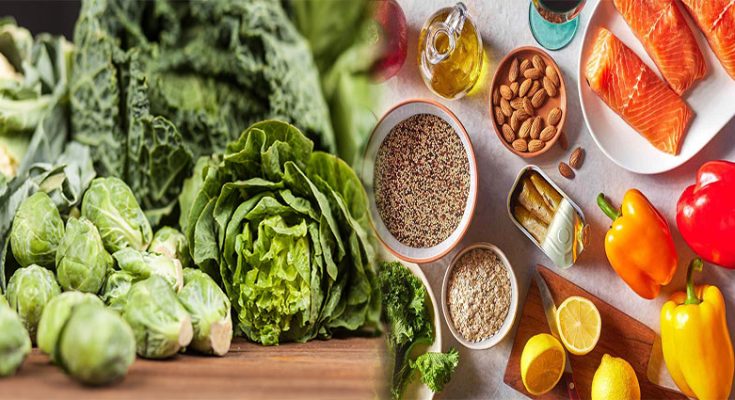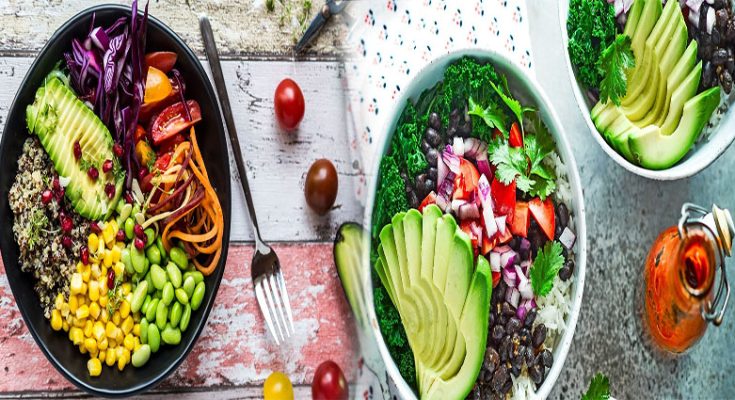
Foods to Boost Circulation in a Low-Sodium Diet Plan for Heart Health
A healthy heart is vital for overall well-being. Maintaining good circulation is key to keeping our cardiovascular system in top shape. One effective way to support circulation and promote heart health is through a low-sodium diet plan. By reducing sodium intake, we can manage blood pressure levels and minimize the risk of cardiovascular diseases. In this article, we will explore foods that can boost circulation while adhering to a low-sodium diet plan.
1. Dark Leafy Greens
Dark leafy greens such as kale, spinach, and Swiss chard are packed with nutrients, including potassium and magnesium. Both these minerals aid in regulating blood pressure and promoting healthy blood flow. Incorporating these greens into your diet can significantly improve circulation.
2. Citrus Fruits
Citrus fruits like oranges, lemons, and grapefruits are rich in vitamin C and antioxidants. Vitamin C helps strengthen blood vessels, while antioxidants combat inflammation and oxidative stress. Adding citrus fruits …
Foods to Boost Circulation in a Low-Sodium Diet Plan for Heart Health READ MORE

